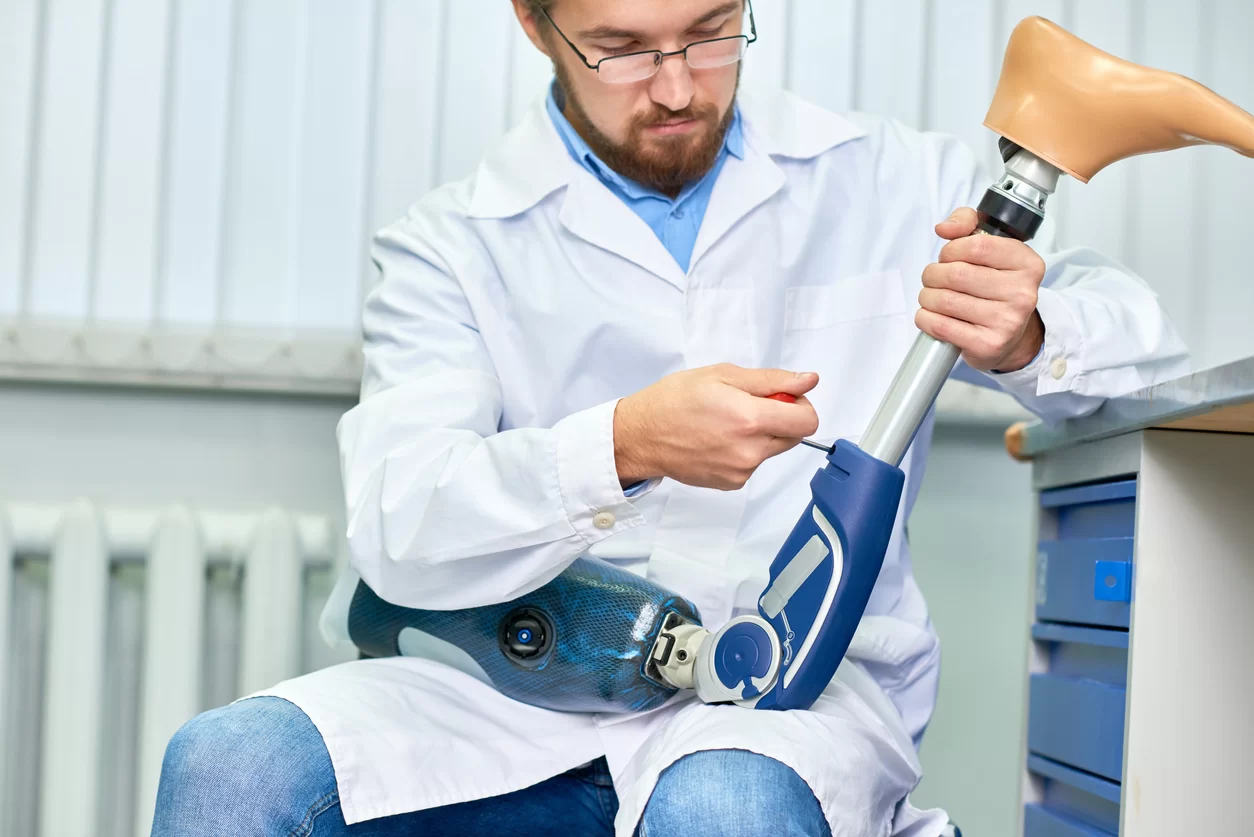A prosthetic limb is a remarkable piece of technology that can significantly improve the quality of life for individuals with limb loss. It’s a tool that allows people to regain independence, participate in activities, and feel more confident. However, for a prosthetic to function optimally and safely, it requires regular care and maintenance. This is where prosthetic check-ups come in.
Why Regular Check-ups Matter
Just like any other medical device, a prosthetic limb is subject to wear and tear. Over time, components can loosen, break, or become uncomfortable. Regular check-ups help to identify and address these issues before they escalate into more serious problems.
- Comfort and Fit: The fit of a prosthetic is crucial for both comfort and function. As your body changes, so too may the fit of your prosthesis. Regular adjustments ensure that you continue to experience maximum comfort and mobility.
- Preventing Skin Issues: Pressure points, irritation, and skin breakdown are common problems for prosthetic users. Regular check-ups allow your prosthetist to monitor the health of your residual limb and make necessary adjustments to prevent these issues.
- Optimizing Function: Prosthetic technology is constantly evolving. Regular check-ups give you the opportunity to learn about new components or advancements that could enhance your prosthetic’s performance.
- Early Detection of Problems: Catching potential problems early on is key to preventing more significant issues. Regular check-ups allow your prosthetist to identify and address any concerns before they become major problems.
- Safety: A well-fitted and properly functioning prosthetic is essential for safety. Regular check-ups help to ensure that your prosthetic is safe to use and won’t cause any injuries.
What to Expect at a Prosthetic Check-Up
During a prosthetic check-up, your prosthetist will conduct a thorough evaluation of your prosthetic limb and your residual limb. This may involve:
- Visual inspection: Checking for signs of wear and tear, cracks, or damage to the prosthetic.
- Component assessment: Evaluating the condition of all prosthetic components, including the socket, liner, and terminal device.
- Fit evaluation: Assessing the fit of the prosthetic and making necessary adjustments.
- Skin inspection: Checking the health of your residual limb for any signs of irritation, pressure sores, or infection.
- Gait analysis: Observing your walking pattern to identify any potential issues or areas for improvement.
How Often Should You Have Check-ups?
The frequency of prosthetic check-ups will vary depending on individual needs and factors such as activity level and the type of prosthesis. However, it is generally recommended to schedule check-ups every 3-6 months. New prosthetic users may require more frequent appointments as they adjust to their prosthesis.
Tips for Maintaining Your Prosthetic Between Check-ups
In addition to regular check-ups, there are several steps you can take to care for your prosthetic between appointments:
- Clean your prosthetic regularly: Follow your prosthetist’s instructions for cleaning and drying your prosthetic.
- Inspect your prosthetic daily: Check for any signs of damage or wear and tear.
- Protect your residual limb: Wear the appropriate socks or liners to protect your skin.
- Follow your prosthetist’s recommendations: Adhere to any specific care instructions provided by your prosthetist.
By following these tips and scheduling regular prosthetic check-ups, you can ensure that your prosthetic continues to function optimally and provide you with the support and independence you need. Remember, your prosthetist is a valuable partner in your rehabilitation journey, and they are there to help you achieve your goals.


